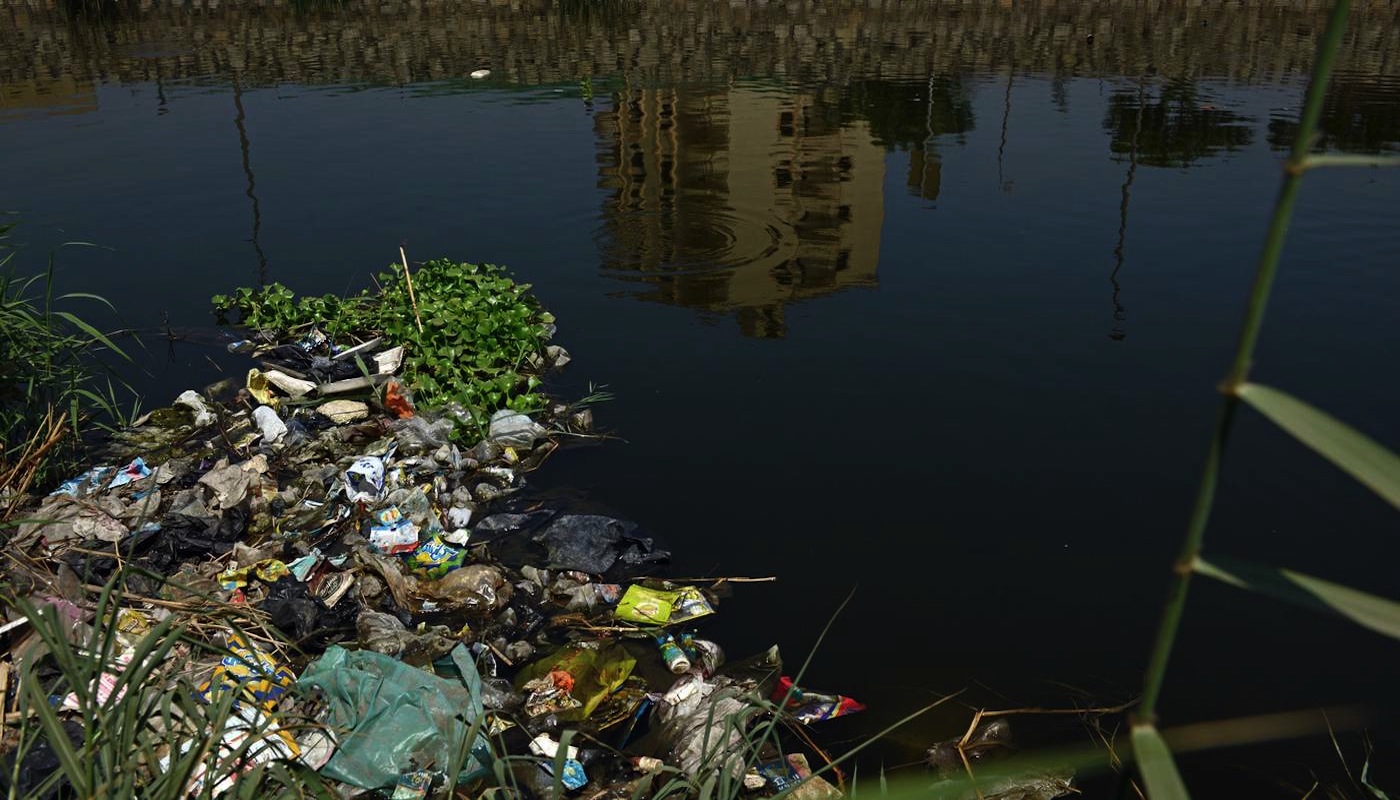When the most common diseases in Egypt are reported to be bacterial diarrhoea, typhoid fever, and schistosomiasis – which all have a connection to unsafe water and poor sanitation – then it is clear that the focus must shift towards one source: the Nile. Since the times of the ancient Egyptians, the Nile has always formed the main water resource of Egypt, with more than 90% of the population living adjacent to or rely directly on the Nile and its delta. However, with the country’s rapidly growing population, climate change and poor garbage and pollution management, the river has become disposed of contaminants that threaten the lives of many. In 2017, former Minister of Environment Khaled Fahmy asserted that pollution in the Nile is still below danger levels in line with international standards, despite there being pollution spots and factories that discharge wastewater into the river. Moreover, in the same year, head of the Ministry’s Central Department for Environment Monitoring Dr Mahmoud Allam noted that the number of direct polluting facilities has dropped from 102 to only nine, and that the problem now only comes from indirect pollution caused by wastewater treatment plants. On the…



